Tags
Alexander von Humboldt, archaeology, Aztec, drawings, English, Helen Maria Williams, hieroglyphics, history, Inca, London, Mexico, mythology, Peru, Vues des Cordillères
“The Mexican paintings, a very small number of which has reached our times, excite a double interest, both from the light they throw on the mythology and history of the first inhabitants of America, and the apparent connexion with the hieroglyphical writing of certain nations of the Old Continent. We shall bring together in this work whatever can afford information with respect to the communication which at the most distant periods seem to have taken place between groups of nations separated by deserts, by mountains, or by seas…”
RESEARCHES, CONCERNING THE INSTITUTIONS AND…
Alexander von Humboldt (1769-1859)
London: Longman, Hurst, Rees, Orme & Brown, J. Murray & H. Colburn, 1814
First Edition in English
Translation by Helen Maria Williams of Vues des Cordillères.…, first published in 1810.
Alexander Humboldt’s description of the geography and ruins he observed in Mexico and Peru is one of the earliest archaeological works on the Aztec and Inca civilizations. The work contains plates in black and white, some of which are hand-colored.
Humboldt was no artist, but, like most educated men of his day, he did have drawing skills. He recorded, during his travels, his views of particular places and their natural environment. His drawings became the basis for illustrations for his many publications. Humboldt’s work influenced scientists, but also artists, who traveled the country Humboldt wrote about and illustrated.
Published in two volumes, Rare Books lacks volume 2.
Recommended reading:
Measuring the World: A Novel, Daniel Kehlmann, New York: Pantheon Books, 2006
PT2671 E32 V4713 2006
General Collection, Level 2
The Invention of Nature: Alexander von Humboldt’s New World, Andrea Wulf, New York: Alfred A. Knopf, 2015
Q143 H9 W85 2015
Browsing Collection, Level 1

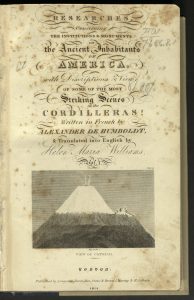
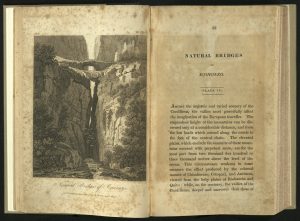
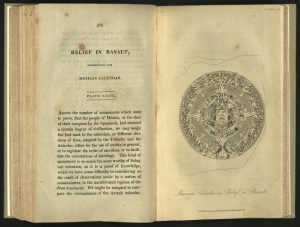
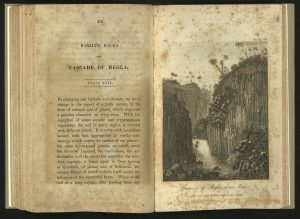
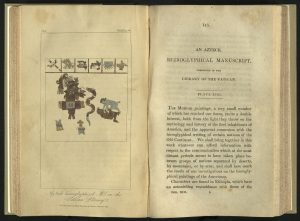
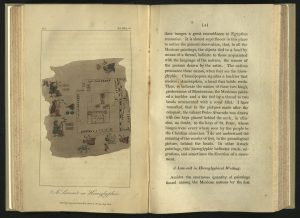
You must be logged in to post a comment.